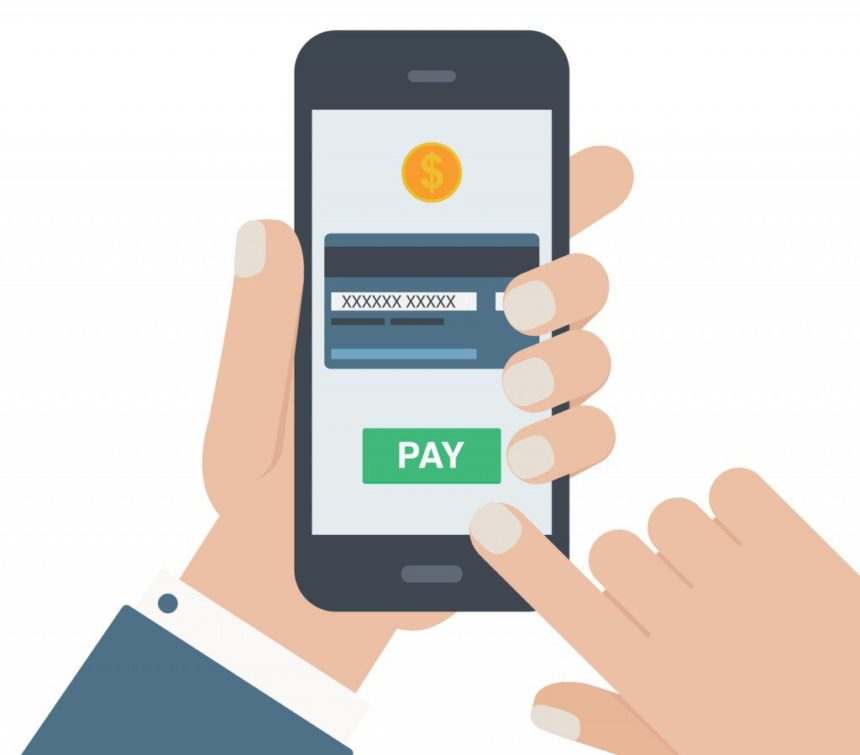Every country in the world has its own way of doing things, ranging from the type of food they eat to how they socialize with their friends to how they pay for things.
The way Chinese consumers pay for things has evolved dynamically and very differently from the experience of Western countries.
In most Western countries, the mode of making payments went from cash to checks to using credit and debit cards to contactless cards, and now slowly transitioning to mobile payments.
Compare this evolution to the experience in China, where in 2012, 96% of payments were still made in cash; growth in mobile payments only started in 2014. Fast forward to 2018, 85.2% of payments are made via mobile payment modes, which shows how quickly the Chinese market has evolved.
To put this into perspective, in 2016, mobile payments in China reached 8.6 trillion USD compared to only 63 billion USD in the US, a difference of nearly 140 times.
Given the prevalence of mobile payments in China, foreign investors would do well to develop a strategy to incorporate them into their businesses.
Foreign Effect
More than three quarters of Chinese consumers pay via their mobile phones, making it necessary for foreign businesses to adapt to this trend.
In the West, an app doesn’t yet exist that connects payments with social media. These platforms provide businesses with an opportunity to bridge the gap between attracting new consumers and engaging with existing consumers more efficiently.
And there is a lot of potential for foreign investors to take advantage of different mobile payments systems for Chinese consumers, and to maximize their profits through loyalty schemes and gifting schemes. Starbucks is a great example of a foreign company that has taken advantage of these strategies.
When a consumer pays for coffee at Starbucks via WeChat, for example, they get a notification of the amount spent along with an offer to sign up to their loyalty card scheme. These loyalty schemes are an effective way of retaining customers and encouraging them to come back.
The way the Starbucks loyalty scheme works in China is, that for every RMB 50 (7.33 USD) you spend, you get awarded one star and the more stars you get, the more rewards you will receive.
Starbucks recently highlighted that China is its leading market for digital payments, where 80% of sales are cashless. According to Bloomberg, 15% of the company’s revenue comes from China and the Asia-Pacific.
Another way that Starbucks uses WeChat is that it allows WeChat users to gift Starbucks coffee to friends through the platform. Starbucks has tried this type of scheme through Facebook and Twitter previously, but to little success.
What made the WeChat scheme a success was the fact that it combined the attributes of being a social media platform like Facebook and Twitter as well as a payment platform through Ten Pay.
Chinese culture also contributes to the success of this scheme as the gift giving culture is very important in China, especially during the holiday season.
WeChat was quick to invest in this aspect, having started the digital gifting trend in 2014 where customers can send digital red envelopes containing cash (“hongbao”) to friends and family.
At least 46 billion digital red envelopes were sent over WeChat over the holiday months in 2017.



Leave a Reply